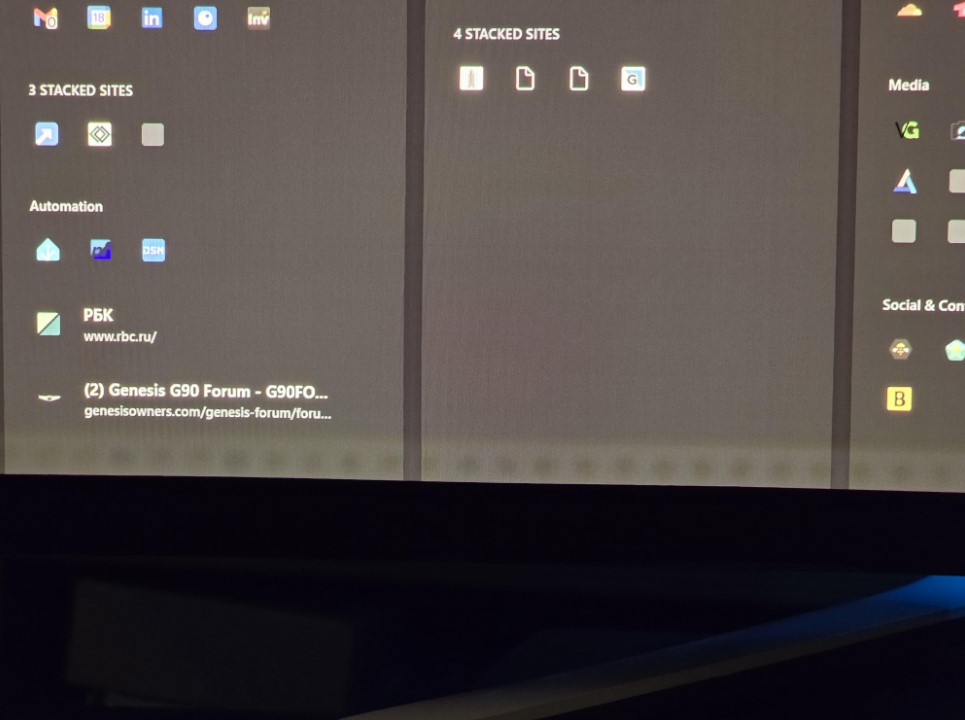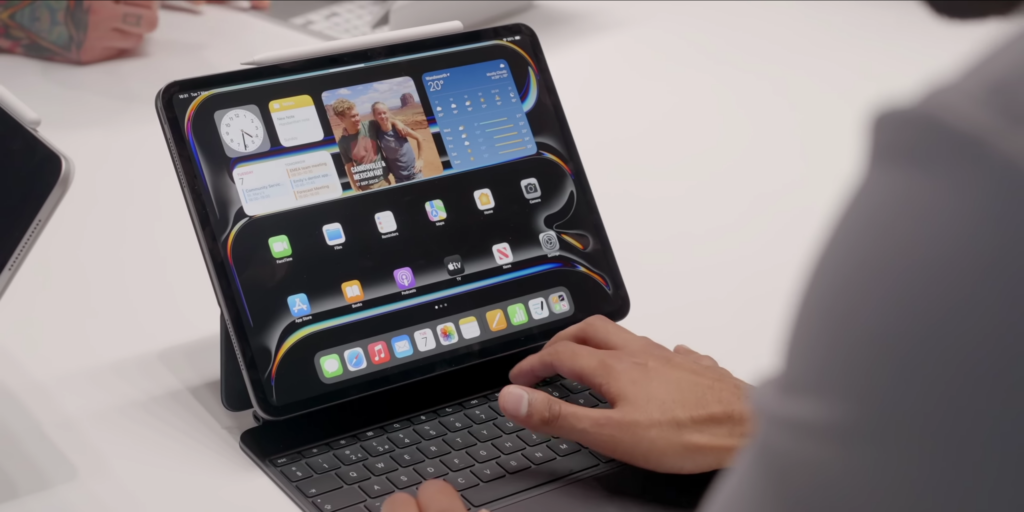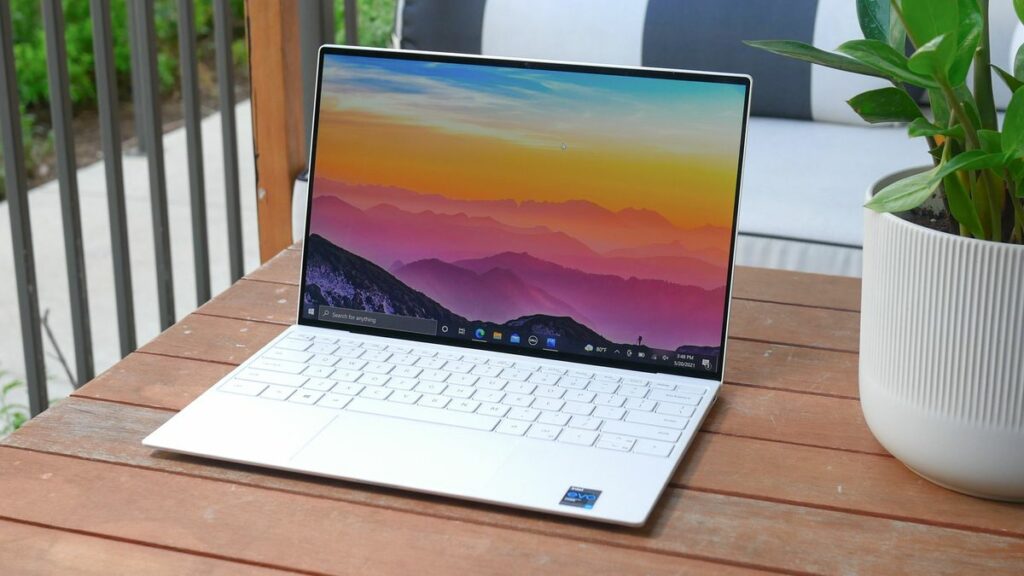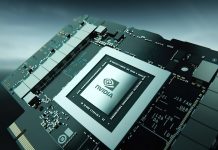- The iPad Pro’s tandem OLED implementation is still ahead of its competitors and is the ideal place to enjoy media.
- Tandem OLED Windows laptop offers fine improvements in display quality, but still lags behind in some key areas.
- Compared to traditional OLED, Tandem OLED aims to provide higher brightness with less power consumption.
Laptop and tablet displays have come a long way. Every year, we see improvements related to resolution, color accuracy, refresh rate, and brightness. One of the preferred types is the OLED, with which laptops and tablets can show crisp and accurate visuals.
However, OLED has its own limitations, for which there’s a new contender called “Tandem OLED” to overtake its shortcomings and might become the new standard.
Why This Display Over The Others
Let’s start with differentiating the traditional OLED from the rest. While displays like LED or LCDs have a backlight to light up the pixels on the screen, the OLED features such as backlight baked into each pixel to produce colors and light on its own. This allows the OLED displays to offer richer blacks and whites for far superior color accuracy and visuals. But the OLED isn’t perfect either, as it lags behind in terms of the sheer brightness of the display and its power draw.

Panel types such as mini-LEDs offer more brightness while also being fairly competitive as far as image quality and color accuracy are concerned, and IPS ones focus more on efficiency. Moreover, both of them are cheaper solutions than tandem OLED, but the IPS panel doesn’t offer deeper blacks or accurate colors. This is where tandem OLED comes right in, which is said to have both of the qualities but also comes at a higher markup. So, what is it exactly? The simple and straight answer is slapping two OLED panels onto each other to make them work as one. What does it do?
Well, it claims to solve a lot of issues with the traditional OLED display, such as lower brightness, screen burn-in, and power draw. In this display, each panel has to light up less than the single traditional OLED panel. This allows the overall presentation to look much brighter and, most importantly, this way the chances of getting a screen burn-in are also greatly minimized.
Apple’s Take On Tandem OLED
As always, Apple does something from time to time that either gets them praise or straight-up backlash for their bold moves. This time around, I can only praise them for introducing the tandem OLED in their newest iPad Pro, which they are calling the Ultra Retina XDR. What’s great is the impressive level of brightness that Apple achieved with tandem OLED. As per their claims, the tandem OLED iPad Pro can go as high as 1600 nits in its HDR mode.

Even if we don’t fully trust Apple’s claim, we can estimate the brightness to be around 1400–1500 nits, which is still very intriguing. Additionally, Apple also claims the battery life to be the same as the iPad Pro with a mini-LED display. Which highlights the efficiency of the new display technology.
Dell’s Entry In The Tandem OLED Space
After Apple, Dell is the first one to follow in the footsteps of offering tandem OLED panels in their portable machines. The XPS 13 from Dell is the first laptop to feature a tandem OLED display. What’s kind of a let-down here is its peak brightness, even with the same tandem technology that Apple uses.

The Dell XPS 13 peaks at about 482 nits, it’s still more than a single-layered OLED display, but far from the likes of iPad Pro 2024. Upon contacting Dell, they stated that their focus is on making the display more efficient for now, so there are chances that they might shift that focus onto the brightness in future models.
True Successor Is Still Far Away
As of now, iPad Pro is still the clear winner in terms of offering a great and bright display. However, it wouldn’t be too long until Windows laptops catch up to the iPad Pro as Dell has already introduced a laptop with a tandem OLED display, others will follow the same road soon enough. Having such a display will unquestionably improve media consumption, and even games, if one of the future gaming laptops also launches with the same display.
Thank you! Please share your positive feedback. 🔋
How could we improve this post? Please Help us. 😔
[Hardware Reviewer]
Awais Khan is a Tech Geek, conscientious, reliable, and hardworking individual who pays attention to detail with excellent time management skills. Alongside that, he is an expert in PC Hardware; dealing with Benchmarks, Analysis, and testing before sharing information with readers. Whenever free, Awais occasionally shares Gaming Videos on his YouTube Channel.
Get In Touch: awais@tech4gamers.com


 Threads
Threads

